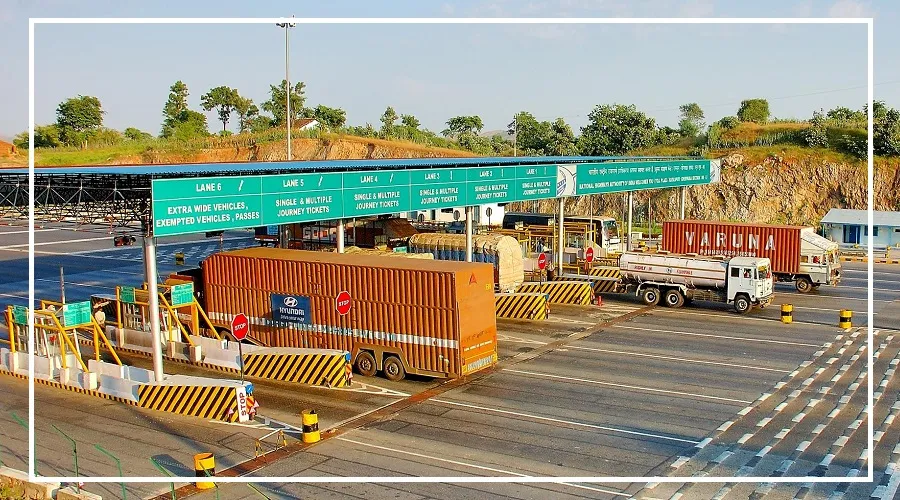Every day, there are new developments in India’s auto industry, and toll collection is no exception.
The traditional methods of toll collection are being replaced by a new technology called Global Navigation Satellite System (GNSS).
Introduction of GNSS Technology
Union Minister Nitin Gadkari previously announced the GNSS technology, which is currently being tested.
Once fully implemented, it could replace the old toll collection system in India.
What is GNSS?
GNSS uses satellites to track vehicles. A satellite-based unit will be installed in each vehicle.
This system will monitor when a vehicle enters and exits a toll road. It will then calculate the distance traveled and charge the appropriate toll amount.
When Will the New System Be Available?
The government has not yet announced an official start date for GNSS, but testing is currently underway on two major highways: Bengaluru-Mysore National Highway (NH-257) in Karnataka and Panipat-Hisar National Highway (NH-709) in Haryana.
Once testing is complete and the government gives approval, the system will be rolled out in phases.
Key Benefits
1) Passengers will only pay for the distance they travel.
2) The system will provide clear information on the toll amount, allowing for easy payment.
3) Traditional toll booths, which often cause long queues, will be removed.
Timeline for Implementation
The government has not yet announced an official launch date for GNSS.
Currently, the system is being tested on two major highways: the Bengaluru-Mysore National Highway (NH-257) in Karnataka and the Panipat-Hisar National Highway (NH-709) in Haryana.
The system will be rolled out in phases once approved by the government.

























